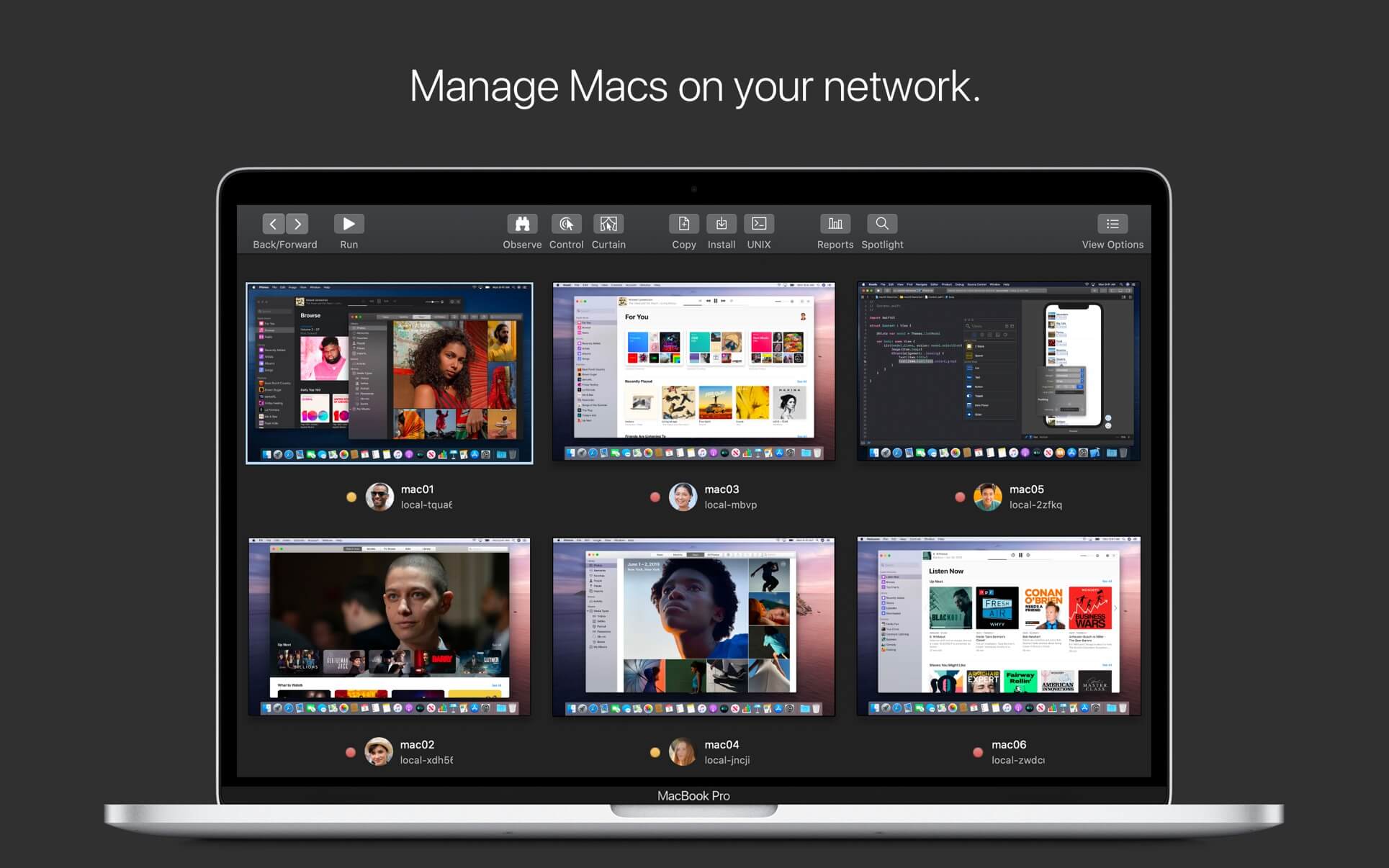

With "Remote Management", the screen is immediately shared without a prompt appearing. There is also a difference in how incoming screen sharing requests are handled: with "Screen Sharing" enabled, if an observer connects with a user account that's different than the one currently logged in and clicks Share Display, the user needs to confirm before the screen is shared.
#APPLE REMOTE DESKTOP VS SCREEN SHARING SOFTWARE#
So in short: Screen Sharing is roughly equivalent to VNC, while Apple Remote Desktop is a "high-end" remote administration software which requires "Remote Management" to be turned on. For this feature to work, SSH and remote management needs to be activated. auto-discovery via Bonjour) when you use Screen Sharing, and in most cases this is all an average user needs.įor system administrators however, there is usually a need for more control over the computers they support therefore Apple provides "Apple Remote Desktop" (ARD) which offers a lot more control mechanisms (like terminal sessions, remote installation of software, remote shutdown, remote execution of automator scripts) and this is possible with groups of many computers at the same time.
#APPLE REMOTE DESKTOP VS SCREEN SHARING MAC OS#
Lastly, what is the Mac App Store "Apple Remote Desktop" product ($80, ) and how does it differ from the above?īy default, Mac OS uses VNC combined with a few extras (e.g. What is Apple's remote client? Is it the Screen Sharing app in CoreServices (/System/Library/CoreServices/Screen Sharing.app) or is there something else I might have missed? In Remote Desktop, select a computer list in the sidebar of the main window, select the target computers (the ones you want to share with), choose Interact >. So, I presume that it is using the same protocol (VNC) underneath and just behaves a little different depending on which option you enable. Then log in with any valid account on that computer. Started that is not shown on the display. If the login window is not on the display, a new login window is This isĮquivalent to how screen sharing works in earlier versions of Mac OSĪ third party VNC viewer will always be connected to the login window. Remote Desktop administrator will simply share the display.

If the remote computer's display is at the login window, the Apple The screen sharing user can always choose to log in to their own session.If the service was enabled by turning on Remote Management, the screen sharing user can simply choose to share the display.If the service was enabled by turning on Screen Sharing, the screen sharing user is presented with the option to request sharing access.That is different from the user logged on at the remote computer, the If the Apple Remote Desktop administrator authenticates with a name What is the difference between enabling remote management and enabling screen sharing?


 0 kommentar(er)
0 kommentar(er)
